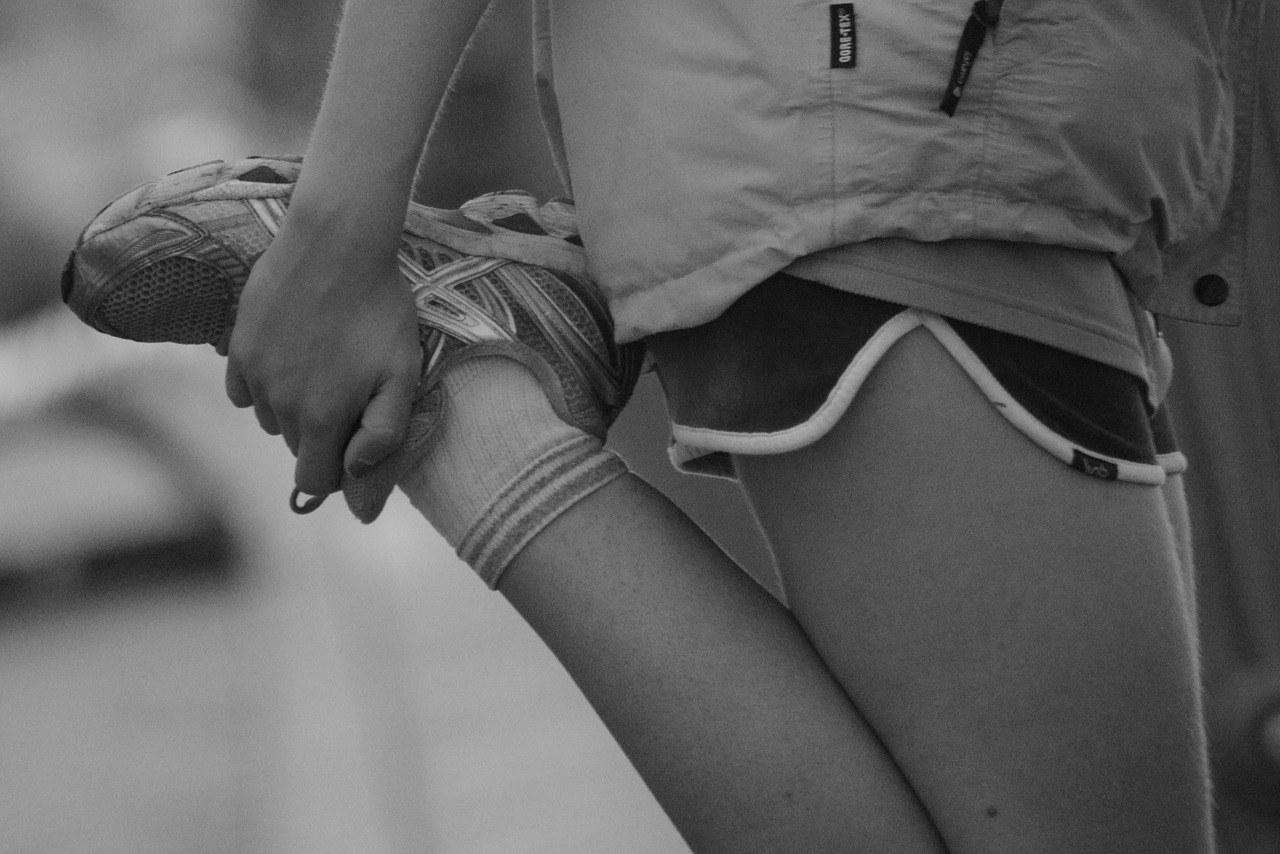When you think back to your last tennis match or practice session, can you recall how much time you spent warming up and cooling down? If the answer is, “Maybe a few minutes?”, then you’re certainly not alone. Despite the fact that tennis is a demanding sport for the body no matter what level it’s played at, many recreational tennis players spend very little time, if any, doing a proper warm-up and cool-down session.
This is unfortunate because warming up and cooling down shouldn’t be considered optional or something that’s only for the pros. On the contrary, a good warm-up and cool-down routine is essential in helping players of all levels prevent injuries, boost their in-game performance, and speed post-game recovery. Read on to learn more about why warming up and cooling down matters, and how to develop an effective routine.
The warm-up
Starting a tennis match with cold muscles is a bit like starting your car in sub-zero temperatures and immediately flooring the accelerator: in other words, it’s not a great idea. Not only will you take longer to get up to your peak performance level, but you’ll greatly increase your risk of strain or injury during the game because you’re pushing your body too far before it’s ready. Just as a cold car runs more smoothly after the engine has idled for a time, the purpose of a dynamic warm-up is to prepare your body more gradually for the high-powered workout you’re about to experience.
Your tennis warm-up should include (in this order):
An activity to increase your heart rate
Getting your heart pumping and raising your body temperature is the first step in an effective tennis warm-up. Choose a simple activity and keep it up until you break a sweat: brisk walking, gentle jogging, or skipping are some of the best ways to achieve this.
Dynamic stretches
Once you’re starting to feel warm, it’s time to incorporate some dynamic stretches (stretches with movement). Ideally, these stretches should get your body and your muscles moving in the same way that they will move during a match. Great dynamic stretches to try include:
Arm swings—While in a comfortable and relaxed stance, swing your arms toward the back of your body, then bring them across your chest in a hug. Repeat this movement, increasing the speed and range of motion of the swings a little more each time.
Lunges—Standing with your feet together, take a large step forward with one foot. The knee of your front leg should be bent over your ankle, and your back leg should be fully extended behind you. To return to your starting stance, push off your front foot and bring your feet together again.
High kicks—Standing with your feet shoulder width apart, swing one leg forward without bending your knee until you feel a stretch in your hamstrings. You can increase the intensity of the stretch by reaching forward with your opposite arm at the same time to touch your foot.
Practice hitting
The final stage of your warm-up should include some tennis-specific movements, and practice hitting can be a good way to incorporate these. Run through your various hits (forehand, backhand, etc.) several times, but remember that it’s still important to start slowly and gradually increase the pace and intensity. Don’t incorporate any practice serves until the very end of your warm-up session.
The cool-down
Just as you don’t want your body to move too quickly from its normal “resting” state to its heightened “game” state, you also don’t want to move too quickly in the opposite direction when your match is over. The cool-down serves as a kind of buffer zone during which time your body can gradually come back to homeostasis: it helps prevent your muscles from becoming tight and sore, it gets rid of the lactic acid that builds up in your muscles as a result of prolonged physical activity, and it helps resolve muscle imbalances that can impact your post-game recovery.
Your tennis cool-down should include (in this order):
An activity to decrease your heart rate
The best way to start cooling down after a tennis match is to take a gentle jog around the court, slowing your pace until you’re walking. This gives your heart rate and your breathing a chance to gradually decrease, and it’s during this “active recovery” stage that lactic acid and other metabolic byproducts will be purged.
Static stretches
Dynamic stretches are crucial for a tennis warm-up, and the cool-down can also make use of them because your muscles are already fully warmed up from your game, and your body is therefore prepared to cope with the effect of stretching without movement. Static stretches can help to increase overall flexibility and offer a good way to lengthen the muscles that were shortened during your tennis game. Useful static stretches to incorporate in your cool-down include:
Forward bends—Stand with your feet shoulder width apart and simply bend forward from your waist, letting your head and arms hang and keeping your knees relaxed.
Shoulder stretch—Reach your left arm across your body, take hold of your left elbow with your right hand, and pull gently until you feel a stretch in your left shoulder.

Sorry, comments are closed for this post.